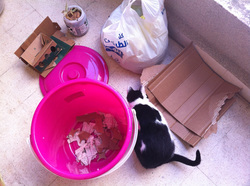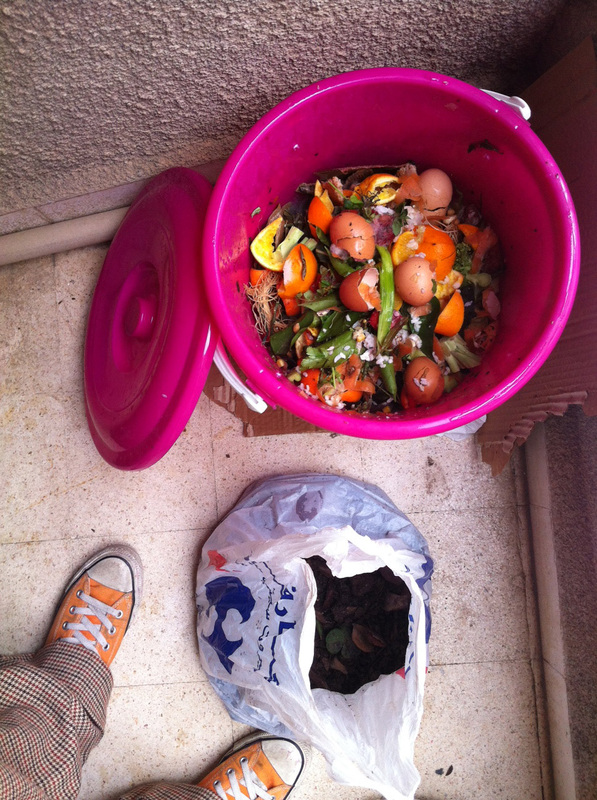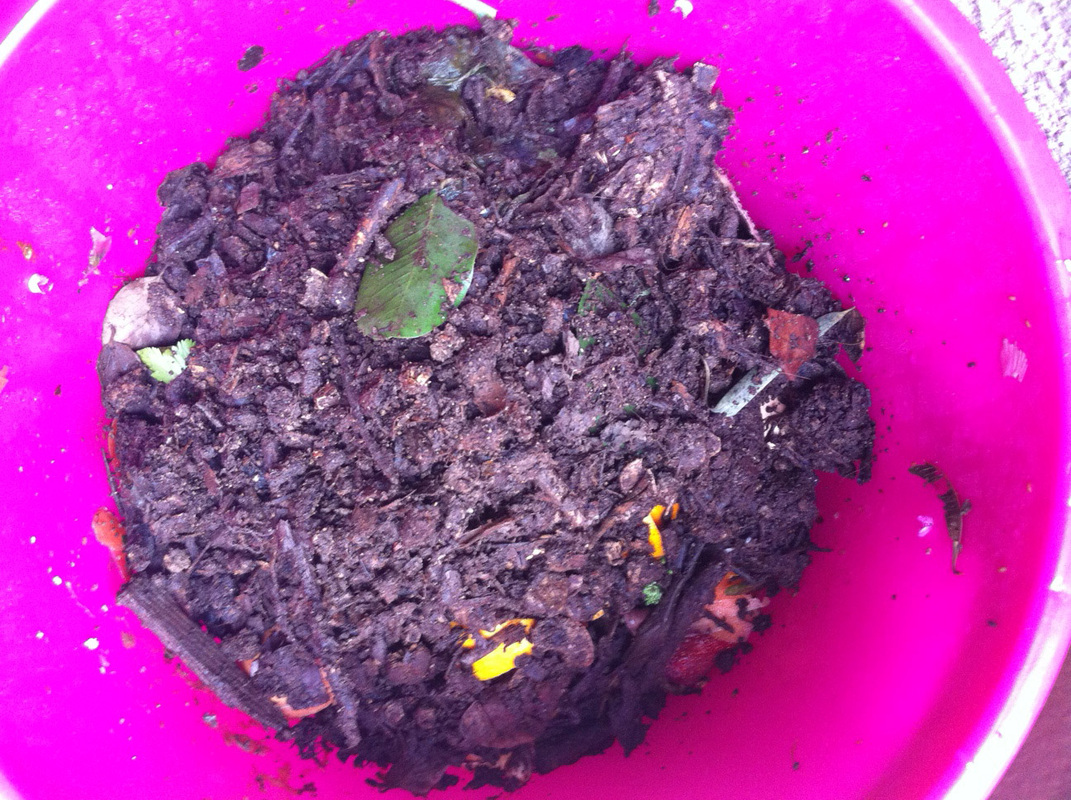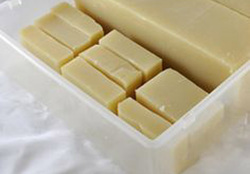
Recipe by Bassam Khawand
This is a recipe I found online and always use. I find it works well all the time. I have recently tried adding honey from my own beehives to my soap but I still need to find the right dosage.
Ingredients (adjust quantities as necessary):
-10 kg of olive oil
-1.5 kg of caustic soda (sodium hydroxide)
-3.5 liters of water
-250 gm of table salt
*Optional: Honey, laurel oil or other aromatic essential oils (lavender, lemon, rosemary, etc.)
Instructions:
1. Add the water to the caustic soda slowly in a plastic bowl and stir with a wooden spoon
*WARNING* Caustic soda is highly corrosive and can cause serious burns to the skin and blindness if it comes in contact with the eyes. Always wear gloves and goggles when handling it
2. Let the mixture cool for 4 hours
3. Add the salt while mixing constantly
4. Add the olive oil slowly while mixing and turning constantly until the mixture becomes thick and cohesive
*You may add laurel oil to the olive oil with a ratio of 1 to 10 before adding it to the mixture
5. Pour the mixture in a large mold or smaller ones
6. Let the soap dry for 2 weeks, away from sunlight
7. If you used a large mold, cut out bars of 10 cm x 5 cm or weighing approximately 100 grams
This is a recipe I found online and always use. I find it works well all the time. I have recently tried adding honey from my own beehives to my soap but I still need to find the right dosage.
Ingredients (adjust quantities as necessary):
-10 kg of olive oil
-1.5 kg of caustic soda (sodium hydroxide)
-3.5 liters of water
-250 gm of table salt
*Optional: Honey, laurel oil or other aromatic essential oils (lavender, lemon, rosemary, etc.)
Instructions:
1. Add the water to the caustic soda slowly in a plastic bowl and stir with a wooden spoon
*WARNING* Caustic soda is highly corrosive and can cause serious burns to the skin and blindness if it comes in contact with the eyes. Always wear gloves and goggles when handling it
2. Let the mixture cool for 4 hours
3. Add the salt while mixing constantly
4. Add the olive oil slowly while mixing and turning constantly until the mixture becomes thick and cohesive
*You may add laurel oil to the olive oil with a ratio of 1 to 10 before adding it to the mixture
5. Pour the mixture in a large mold or smaller ones
6. Let the soap dry for 2 weeks, away from sunlight
7. If you used a large mold, cut out bars of 10 cm x 5 cm or weighing approximately 100 grams
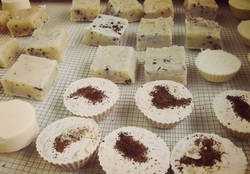
Recipe by Liza Charbel
Ingredients:
-1,000 gm of olive oil (Note: 1 liter of oil = 920 gm)
-124 gm of caustic soda (sodium hydroxide)
-340 gm of water
-Laurel leaves
Instructions:
1. Dissolve the caustic soda little by little in the water
2. Stir slowly with a stainless steel spoon
3. Let the mixture cool to 45 °C
*WARNING* Caustic soda can reach a temperature of 90 °C very quickly when mixed with water
4. Warm the oil slowly in another container to reach 45 °C
5. When both liquids are at the same temperature, mix them until they have a unified “yoghurt” texture (when you move a spoon across it, it should leave a “trace”)
6. Put laurel leaves in the bottom of a mold (cake or cupcake mold) then cover with the mixture
7. Cover the mold with cling film stuck to the paste
8. After 24-48 hours, remove the soap - if you used a large mold, you can cut out small bars
9. Let your soap dry for at least 4 weeks on a grill in a well-ventilated area
Ingredients:
-1,000 gm of olive oil (Note: 1 liter of oil = 920 gm)
-124 gm of caustic soda (sodium hydroxide)
-340 gm of water
-Laurel leaves
Instructions:
1. Dissolve the caustic soda little by little in the water
2. Stir slowly with a stainless steel spoon
3. Let the mixture cool to 45 °C
*WARNING* Caustic soda can reach a temperature of 90 °C very quickly when mixed with water
4. Warm the oil slowly in another container to reach 45 °C
5. When both liquids are at the same temperature, mix them until they have a unified “yoghurt” texture (when you move a spoon across it, it should leave a “trace”)
6. Put laurel leaves in the bottom of a mold (cake or cupcake mold) then cover with the mixture
7. Cover the mold with cling film stuck to the paste
8. After 24-48 hours, remove the soap - if you used a large mold, you can cut out small bars
9. Let your soap dry for at least 4 weeks on a grill in a well-ventilated area

